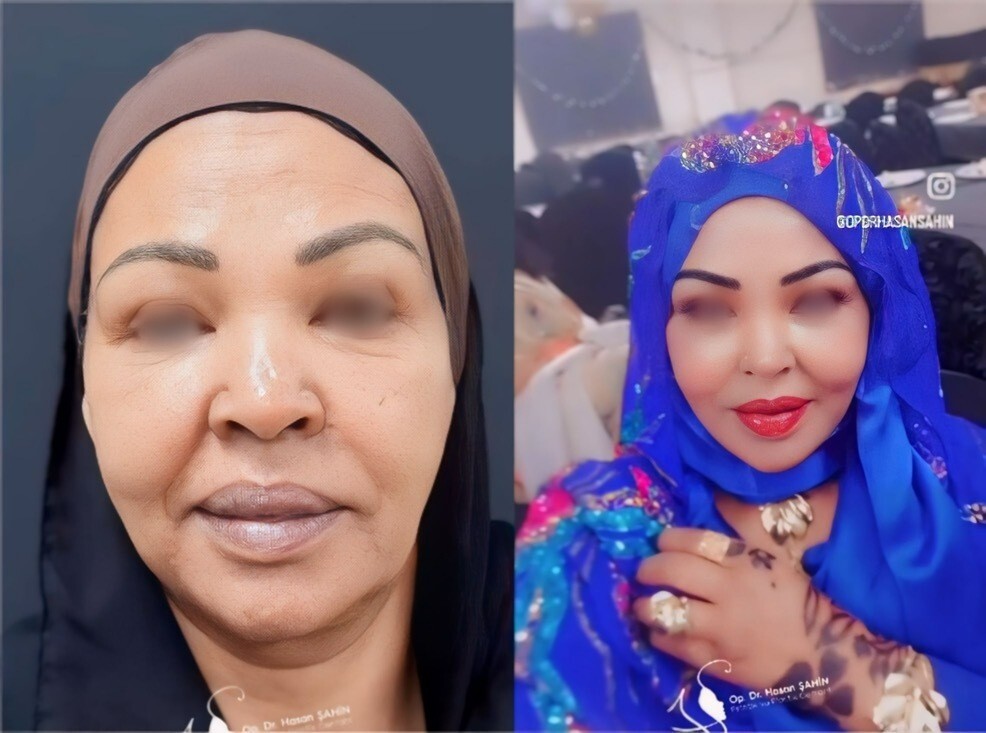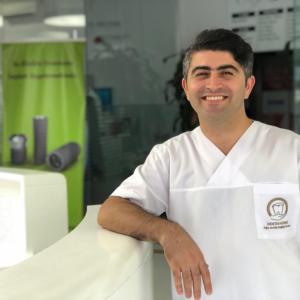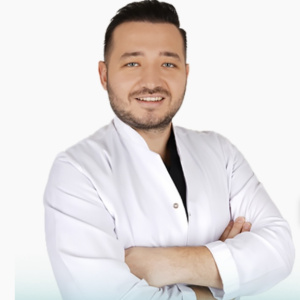Tired of your smile showing too much of your gums? This phenomenon, called a gummy smile, is more common than you might think. It usually occurs when the gums are too large or too small. In addition to being unattractive, it can make brushing more difficult and can lead to long-term dental problems.
Gingivectomy is an effective solution that removes excess gum tissue. This redefines the gum line, creating a more natural, balanced smile and making dental hygiene easier.
Because your smile deserves to be as unique as you are, this personalized approach naturally restores confidence while protecting your gums. Simple, fast and long-lasting, it could be the key to a smile that's finally free.
Gingivectomy prices in Turkey
Turquie Santé puts you in direct contact with the most prestigious hospitals and clinics to offer you the best medical services.
In general, the average price of a gingivectomy in Turkey is 35 Euros per tooth.
You can request a personalized quote to get an idea of the cost of any dental treatment. We negotiate the best prices, services, and care for you.













